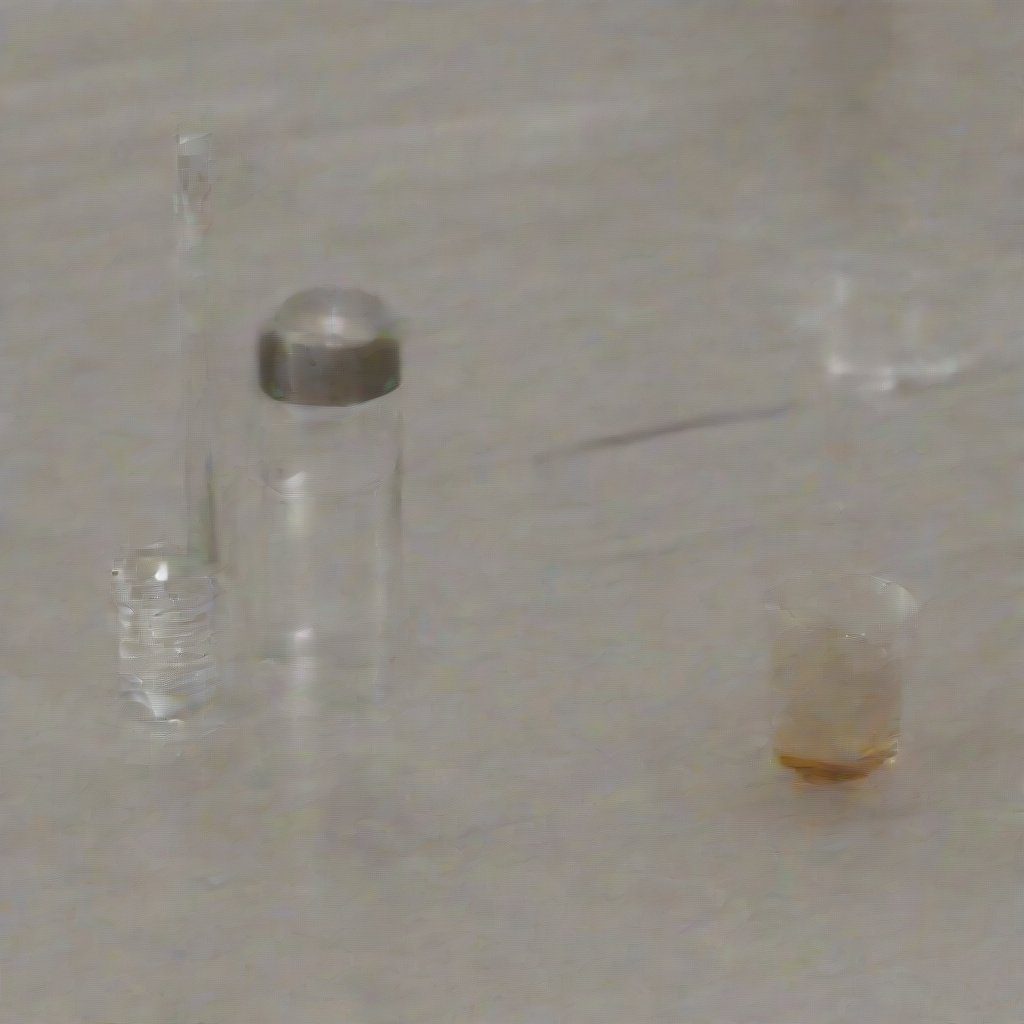Understanding Competitive Glycerin Pricing
Competitive glycerin pricing refers to the strategies and market dynamics that influence the cost of glycerin in a competitive landscape. Glycerin, a versatile compound used in various industries, including pharmaceuticals, cosmetics, and food, experiences price fluctuations based on supply and demand, production costs, and market competition. Understanding these factors is crucial for manufacturers, suppliers, and distributors like Diplomata, who aim to provide high-quality crude glycerin at competitive rates.
Factors Influencing Glycerin Prices
Several key factors contribute to the pricing of glycerin in the market. Raw material availability, production efficiency, and logistical costs are major components. The sourcing of feedstock, particularly from biodiesel production, directly impacts crude glycerin availability. As a leading manufacturer, Diplomata ensures a steady supply chain to mitigate price volatility. Additionally, market demand from various sectors, such as personal care and pharmaceuticals, can drive prices up or down, affecting overall competitiveness.
The Role of Export Markets
Export markets play a significant role in shaping competitive glycerin pricing. Diplomata, a trusted exporter of crude glycerin across Brazil and the United States, navigates international pricing strategies to remain competitive. Fluctuations in foreign exchange rates, trade policies, and tariffs can influence export pricing. Understanding these dynamics allows Diplomata to offer attractive pricing to clients while maintaining quality and reliability in their supply chain.
Market Trends Affecting Pricing
Market trends, such as increasing demand for natural and organic products, impact glycerin pricing. As industries shift towards sustainable practices, the demand for high-quality, eco-friendly glycerin is on the rise. Diplomata responds to these trends by enhancing production methods and sourcing sustainable raw materials, positioning itself as a frontrunner in the market. Staying ahead of these trends is essential for maintaining a competitive edge in glycerin pricing.
Competitive Analysis in the Glycerin Market
Conducting a competitive analysis helps companies like Diplomata gauge their position in the market. By examining competitors’ pricing strategies, product offerings, and customer satisfaction, Diplomata can adjust its approach to meet market demands. This analysis not only aids in setting competitive prices but also in identifying areas for improvement in customer service and product quality, essential for long-term success.
Impact of Regulatory Policies
Regulatory policies significantly affect glycerin pricing, particularly in the chemical industry. Compliance with safety standards, environmental regulations, and quality control measures can increase production costs. Diplomata prioritizes adherence to these regulations, ensuring that its crude glycerin meets high-quality standards while remaining competitively priced. Understanding the implications of regulatory frameworks is vital for maintaining both compliance and market competitiveness.
Glycerin Pricing Strategies
Effective pricing strategies are essential for maintaining competitiveness in the glycerin market. Diplomata employs various pricing models, including value-based pricing and cost-plus pricing, to ensure their products remain attractive to customers. By understanding the perceived value of their crude glycerin and factoring in production costs, Diplomata can set prices that reflect both quality and market demand, ensuring customer satisfaction and loyalty.
Customer Relationships and Pricing
Building strong relationships with customers is crucial for competitive glycerin pricing. Diplomata fosters partnerships with clients by providing transparent pricing, reliable supply, and exceptional customer service. By understanding customer needs and preferences, Diplomata can tailor pricing strategies that not only attract new clients but also retain existing ones, solidifying its position as a top supplier of crude glycerin in the American market.
Future Outlook for Glycerin Pricing
The future of competitive glycerin pricing will likely be influenced by ongoing market trends, technological advancements, and shifts in consumer preferences. As the demand for glycerin continues to grow across various industries, manufacturers like Diplomata must remain agile and responsive to these changes. Investing in innovation and sustainability will be key to maintaining a competitive stance in glycerin pricing over the coming years.


